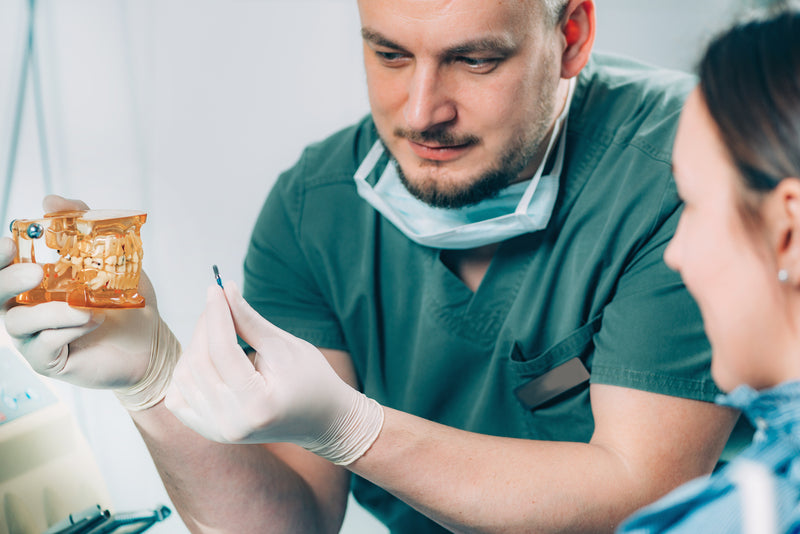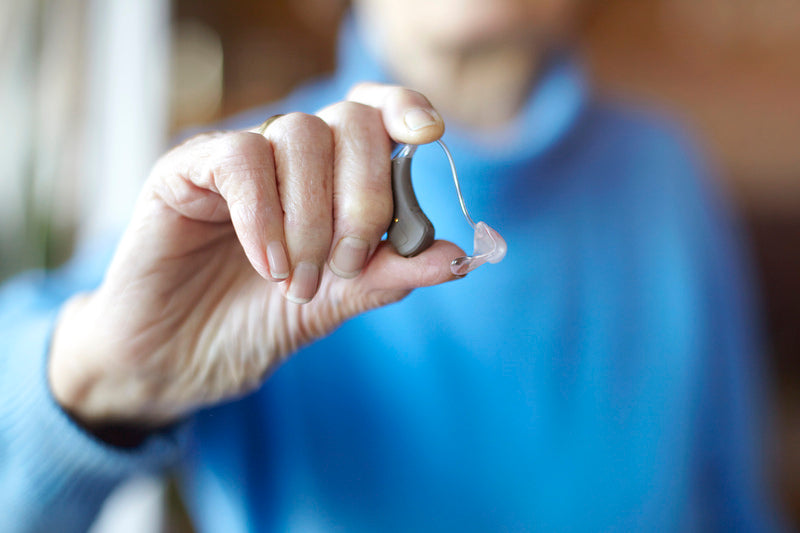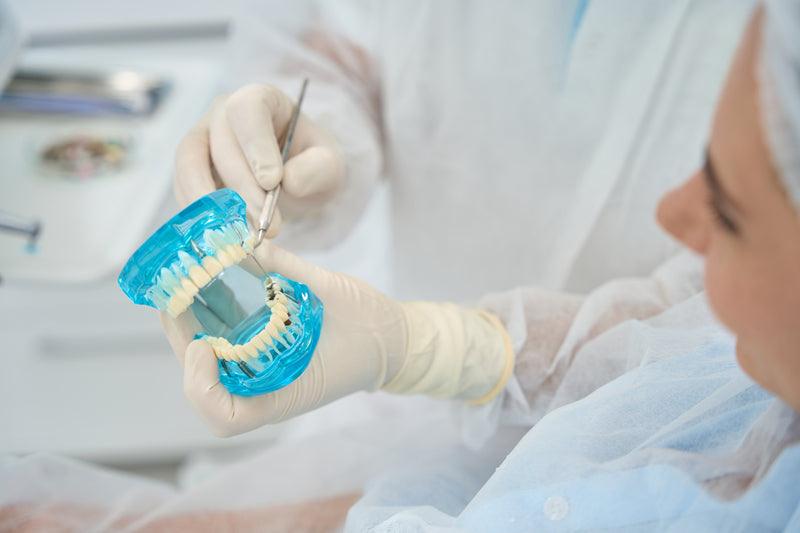How Does an Oxygen Concentrator Work?
An oxygen concentrator is a medical device designed to deliver concentrated oxygen to individuals with respiratory conditions who require supplemental oxygen therapy. It functions by extracting oxygen from the surrounding air, purifying it, and delivering it in a higher concentration to the patient.
Related Topics (Sponsored Ads):
This article explores the technology behind oxygen concentrators, their components, and how they operate to provide therapeutic oxygen to patients in need.
Technology Behind Oxygen Concentrators
Oxygen concentrators utilize a process called Pressure Swing Adsorption (PSA) or sometimes Vacuum Swing Adsorption (VSA) to separate oxygen from nitrogen and other gases in the air. This technology allows the concentrator to produce oxygen with purity levels suitable for medical use.

Components of an Oxygen Concentrator
- Compressor: The compressor draws in ambient air and compresses it before sending it into the concentrator's sieve beds.
- Sieve Beds: Oxygen concentrators contain sieve beds filled with zeolite, a material that adsorbs nitrogen from the compressed air. There are typically two sieve beds that alternate between adsorption (collecting nitrogen) and desorption (releasing nitrogen) phases.
- Flow Meter: The flow meter controls the rate at which purified oxygen is delivered to the patient. Flow rates are measured in liters per minute (LPM) and can be adjusted based on the patient's oxygen prescription.
- Oxygen Delivery System: Oxygen is delivered to the patient via a nasal cannula, mask, or other delivery devices, depending on the patient's needs and comfort.
Operation of an Oxygen Concentrator
- Air Intake: The concentrator pulls in air from the room through a filter to remove dust and other particles.
- Compression: The air is compressed and directed into the sieve beds, which contain zeolite pellets. Zeolite has a high affinity for nitrogen, allowing oxygen to pass through while nitrogen is adsorbed.
- Adsorption and Desorption: In the sieve beds, one bed adsorbs nitrogen from the compressed air while the other bed releases nitrogen and refreshes itself. This process alternates every few seconds.
- Oxygen Collection: Purified oxygen collects in a reservoir within the concentrator and is delivered to the patient through the oxygen delivery system.
- Continuous Flow vs. Pulse Dose: Oxygen concentrators can provide oxygen in two main delivery modes—continuous flow or pulse dose. Continuous flow delivers a constant flow of oxygen, while pulse dose delivers oxygen in bursts synchronized with the patient's inhalation.
Maintenance and Care
To ensure optimal performance and safety, oxygen concentrators require regular maintenance, including:
- Cleaning: Regularly clean the external surfaces and filters of the concentrator to prevent dust buildup.
- Filter Replacement: Replace air filters as recommended by the manufacturer to maintain air quality and prevent contaminants from entering the device.
- Checking Oxygen Purity: Periodically check the oxygen purity output using an oxygen analyzer to ensure it meets prescribed levels.
- Servicing: Follow manufacturer's guidelines for routine servicing and repairs by qualified technicians.
Conclusion
Oxygen concentrators play a vital role in providing supplemental oxygen therapy to individuals with respiratory conditions, allowing them to breathe more comfortably and improve their quality of life. By utilizing Pressure Swing Adsorption (PSA) technology, these devices efficiently extract and deliver concentrated oxygen from the air, making them essential medical tools in various healthcare settings. Understanding how an oxygen concentrator works helps patients, caregivers, and healthcare professionals ensure proper use and maintenance, enhancing the device's effectiveness and reliability in delivering therapeutic oxygen.




